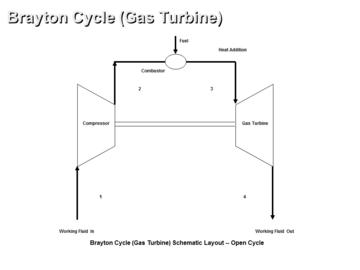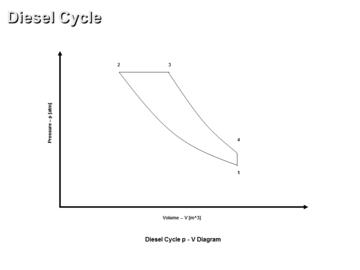Combustion Analysis Webinar
English
30-Day Money Back Guarantee
Full Lifetime Access
Self-Paced
Finish in
60 mins!
Finish in
60 mins!
Made for for
Employees
and
Supervisors
Employees
and
Supervisors
No Certificate
Provided
Provided
Mobile -
Friendly
Access
Friendly
Access
What you'll learn
Basic energy conversion engineering assumptions and equations
Know basic elements of combustion and its h-T diagram
Combustion operation
General combustion performance trends
Skills covered in this course
Description
In this webinar material, the student gets familiar with the ideal combustion and its h - T diagram, operation and major performance trends. Six different fuels (carbon, hydrogen, sulfur, coal, oil and gas) react with air and oxygen enriched air as the oxidant at different stoichiometry values (stoichiometry => 1) and oxidant inlet temperature values.
Performance Objectives:
Introduce basic energy conversion engineering assumptions and equations
Know basic elements of combustion and its h - T diagram
Be familiar with combustion operation
Understand general combustion performance trends
Introduce basic energy conversion engineering assumptions and equations
Know basic elements of combustion and its h - T diagram
Be familiar with combustion operation
Understand general combustion performance trends
Table of Contents
Combustion
Analysis
Case Study A
Case Study B
Case Study C
Case Study D
Assumptions
Governing Equations
Input Data
Results
Case Study A
Case Study B
Case Study C
Case Study D
Figures
Conclusions
Author
His engineering professional experience of forty (40) years includes performing analytical modeling and computer modeling of physical properties, power cycles, power cycle components/processes and compressible flow components. Also, it includes conducting conceptual design, analysis and evaluation of energy conversion systems for basic and simple power and propulsion cycles.






